The Ficus bonsai tree (ficus retusa) is the most popular indoor bonsai for beginners. Ficus are evergreen, have lush green leaves and are easy to look after Ficus (ficus retusa)
Placement
The Ficus bonsai tree should be kept indoors as it cannot endure frosts. They require a good amount of light so choose a space that receives plenty of full sunlight. If placed in a position with partial shade, keep an eye on the bonsai but this should not be a significant issue as they are a forgiving species which are easy to maintain.
The temperature of the room should be kept relatively constant and make sure you keep it away from central heating and cold draughts as this can dry out the root base. However, they will appreciate it if you can place it outside during the summer to allow new growth as long as temperatures do not drop below 15 °C. The Ficus also benefits from slightly higher humidity levels and this can be achieved by using a mister to spray the leaves, as well as placing a gravel tray under the pot to create a more humid microclimate around the tree. The Ficus however can withstand low humidity due to their thick, waxy leaves.
Watering
There is no definitive guide to watering and it should be conducted on an observational schedule, not a routine. This means that it is important to keep an eye on the moisture levels of the soil to avoid over and under watering, both of which can lead to dropping leaves and/or root death. The amount of water a bonsai requires depends on pot size, climate, airflow, soil and tree type so it is best to use your eyes and fingers to assess whether the soil is damp, wet or dry. As a general guide, if the top inch or so has dried, it is ready to be watered. When you water, ensure an even coverage over the roots and soil, allowing water to flow out from the bottom of the pot to allow for a good soaking. Never let the soil dry out completely and never let your bonsai sit in water for long periods of time.
Fertilizing
Using fertiliser on your Ficus bonsai tree will help encourage healthy growth and this should be done periodically from once a week to every two months and only during the growing season. You can start adding nutrients to your water from March until October and use weekly. If using solid fertilizer, use once every one to two months. With bonsai trees, less is more and we tend to advise using half the recommended dosage to see how your bonsai reacts first.
Pruning and wiring
Pruning your ficus bonsai tree is important not only to maintain or create an aesthetic style but to also ensure light and airflow can reach inner leaves and the Ficus tolerates pruning very well. The best time to prune is in late autumn. To do this, use appropriate tools to cut back stems which have grown longer than four leaves, leaving the two leaves which are closest to the stem intact. Cover any larger cut wounds with a sealant to avoid losing too much sap. If you want to thicken your bonsai tree’s trunk, allow it to grow freely for one or two years.
Training your bonsai using wiring is best done during the later spring and summer months growing period when the stems and branches are easier to bend. Thin and medium Ficus branches are easy to manipulate due to their flexibility. With bigger branches, the use of guy wires is recommended since they can be left on for longer and smaller wires can cut into the bark.
Repotting
Repotting your ficus bonsai tree is an important way to provide a fresh and suitable soil mix and ensure appropriate root health. As a general rule, your Ficus will need to be re-potted every other year, and only in spring, but you should check if it has become root-bound before you change pots. You can do this by lifting the tree gently out of the pot by the main trunk and examining the root system. You will know it is ready if you can see the roots are circling around each other and the pot. If, however they still appear contained in the soil, you should place it back and wait until the following spring to check again. Ficus roots tend to be intertwined, so it is important that the root pruning be done delicately. Your tree does not have any specific soil requirements buts its best to be re-potted into well-draining soil.
Showing 1–20 of 43 results
-

Ficus 36cm
£35.00 Add to basket -
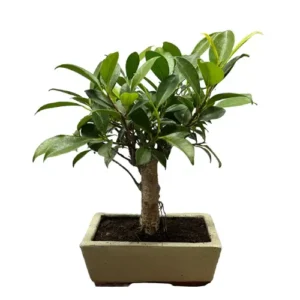
Ficus 26cm
£35.00 Add to basket -
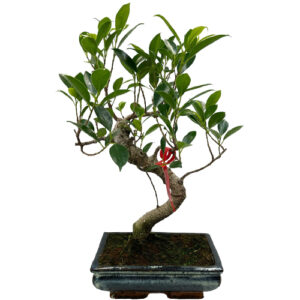
Ficus 38cm
£45.00 Add to basket -
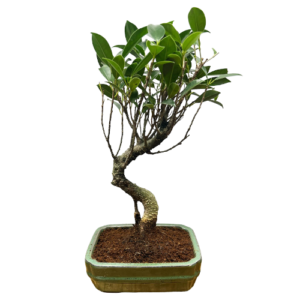
Beautiful Ficus 35cm
£45.00 Add to basket -
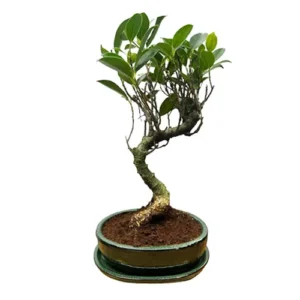
Ficus Inc Tray 36cm
£50.00 Add to basket -
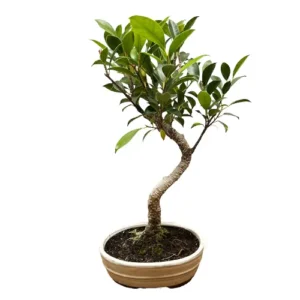
Ficus Inc Tray 40cm
£50.00 Add to basket -
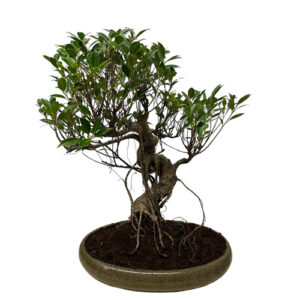
Ficus Inc Tray 61cm
£400.00 Add to basket -
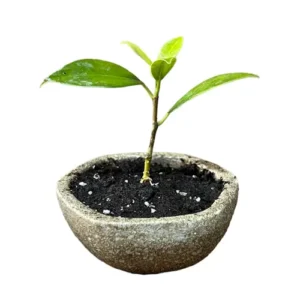
Baby Ficus 10cm
£10.00 Add to basket -
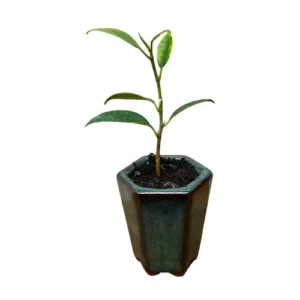
Little Ficus Bonsai 17cm
£10.00 Add to basket -
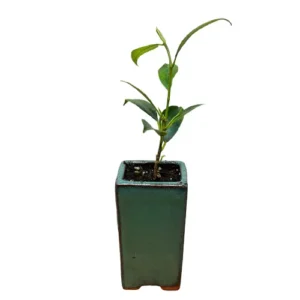
Upright Ficus Bonsai 23cm
£10.00 Add to basket -
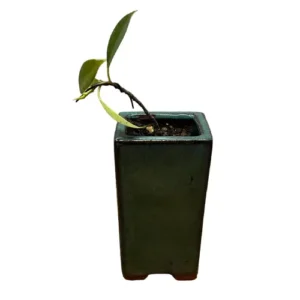
Mini Semi-Cascading Ficus 15cm
£12.00 Add to basket -
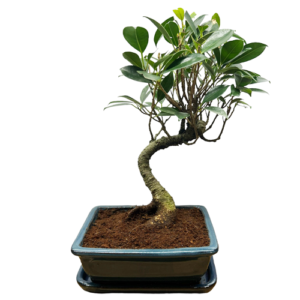
Trunk Exposed Ficus Inc Tray 32cm
£50.00 Add to basket -
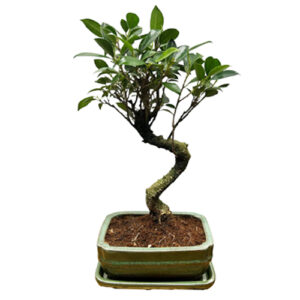
Twisted Trunk Ficus Inc Tray 35cm
£50.00 Add to basket -
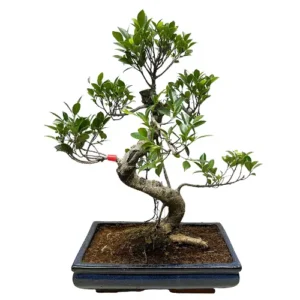
Wide Ficus 61cm
£250.00 Add to basket -
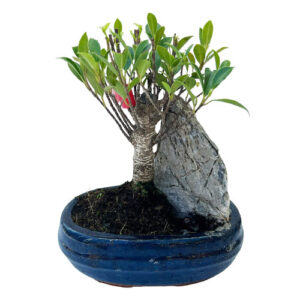
Rock Island Ficus 25cm
£40.00 Add to basket -
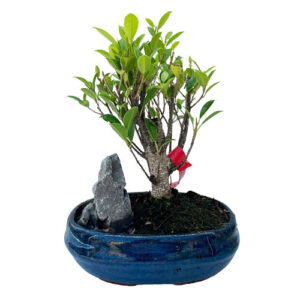
Mini Island Ficus 28cm
£40.00 Add to basket -
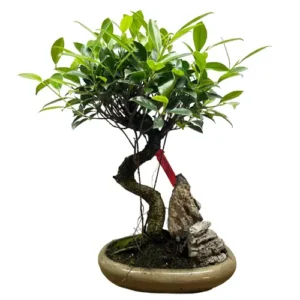
Swirly Ficus 43cm
£90.00 Add to basket -
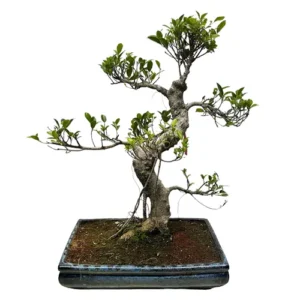
Multiple Aerial Roots Ficus 68cm
£300.00 Add to basket -
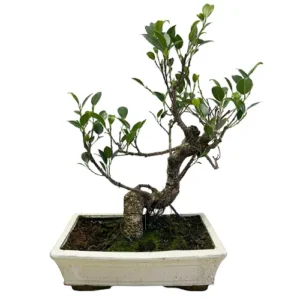
Artistic Ficus 40cm
£100.00 Add to basket -
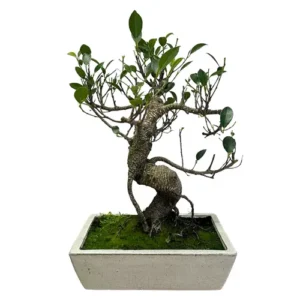
Attractive Ficus 40cm
£100.00 Add to basket
